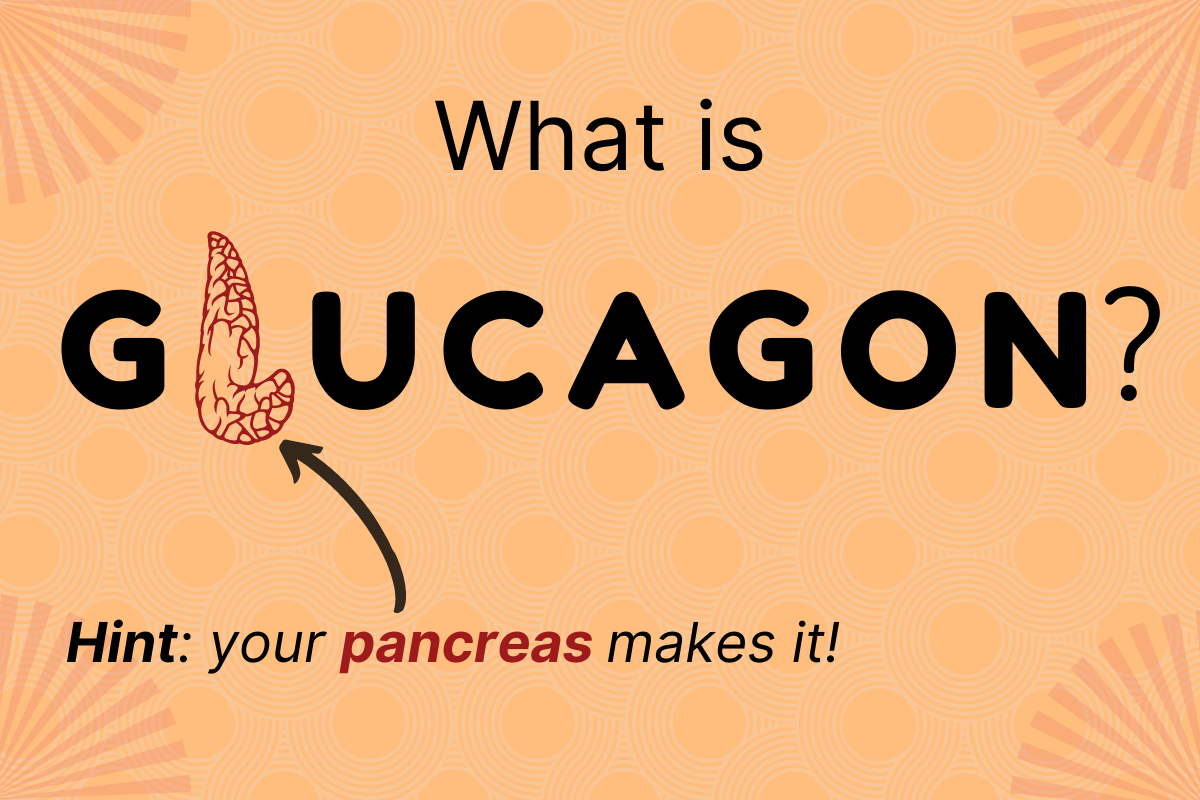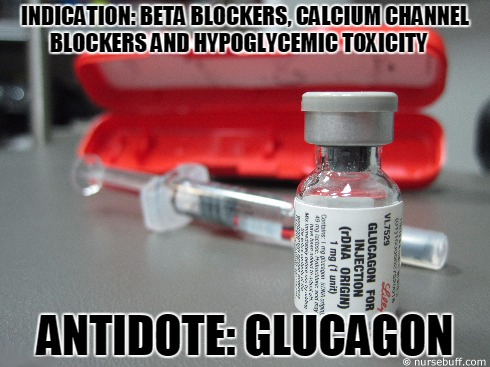

18 I think of it clinically as a slower, more powerful version of dobutamine.Ĭardiac output (CO) (L/min) = stroke volume (SV) x heart rate (HR) Insulin is a strong inotrope, and also a bit of a vasodilator. The molecular mechanisms of HDI are complex ( and covered elsewhere here on Tox & Hound), but the best way to think of the clinical use of insulin is to categorize it the way we do other inotropes and vasopressors. Mechanisms and Clinical Utility of HDI and Vasopressors For the purposes of this post, I’ll primarily discuss HDI I’m hoping you’ll cover traditional inotropes and vasopressors. Jon: With that backdrop, let’s start with a brief discussion of each therapy. Relying on dogma or refusing to consider alternative approaches is rarely a good path to go down. In particular, I think our training as medical toxicologists not only equips us but compels us to think about these cases more critically. In fact, that’s a pretty good concept to keep in mind for most medical treatments. Meghan: I couldn’t agree with that concept more. While there are some passionate advocates in our field for both vasopressors and HDI (that lead many to believe there is controversy regarding the two therapies), can we agree there is no “ one therapy to rule them all?” Given that we’ve all had cases that are barely hanging on with HDI, four vasopressors, methylene blue 13, a dose or two of Intralipid®, all while on ECMO 14,15, or other mechanical devices like a percutaneous LVAD 16,17, is it fair to say there is no magic bullet?


Jon: I’ll start with an olive branch if that’s OK with you. We published our clinical experience and found this approach to be extremely effective without significant adverse effects. We managed all of our tox patients, including a fair amount of sick CCB and BB cases at the bedside, almost exclusively using vasopressors and inotropes. Banner is a pretty unique fellowship as it is a tertiary care referral center for extremely sick tox patients around the area. Meghan: I completed my med tox fellowship in Phoenix at Banner University Medical Center. We almost always started HDI before vasopressors, and if vasopressors were started we routinely prioritized weaning them first over HDI. 8–11 I would say our institutional bias was to be very pro-HDI while being simultaneously skeptical of vasopressors. 1–7 They were also early adopters of the clinical use of HDI in both CCB and BB overdoses for bedside consults. The sponsoring institution’s primary hospital is Regions Hospital, and several of my fellowship mentors performed a lot of bench research (mostly pigs) on HDI and other therapies for beta-blocker (BB) and calcium channel-blocker (CCB) poisoning. I completed fellowship in Minnesota at the Twin Cities Tox Fellowship. I as well have my own biases, and maybe we should start by letting the readers know where we come from and how we got to our respective fighting corners. I’ve wanted to write about the logistics of high dose insulin (HDI) for some time now, but I have a lot of my own biases about where insulin belongs in the ordering of our therapies for sick cardiotoxic overdoses and I thought it would be really helpful to have a second voice that might have some dissenting opinions about HDI and its relative place compared to more traditional therapies. Jon: Meghan, thank you for joining me on this post.


 0 kommentar(er)
0 kommentar(er)
